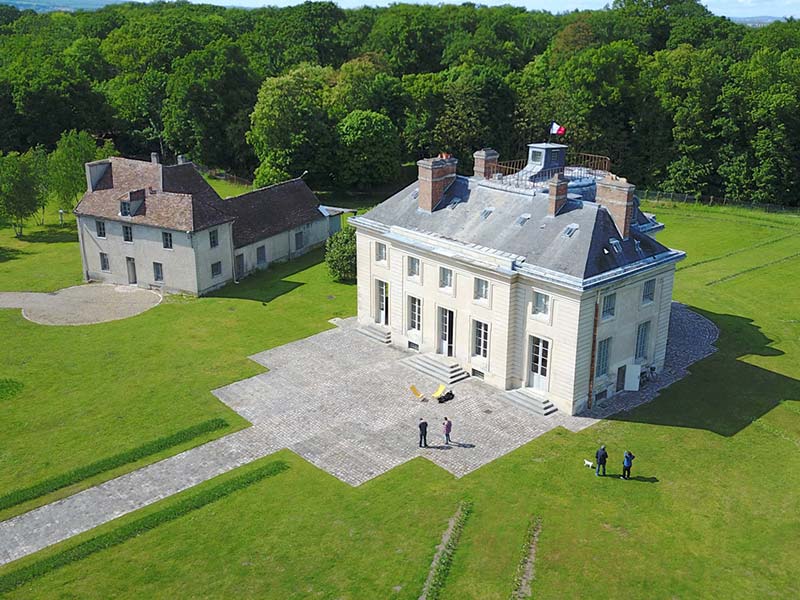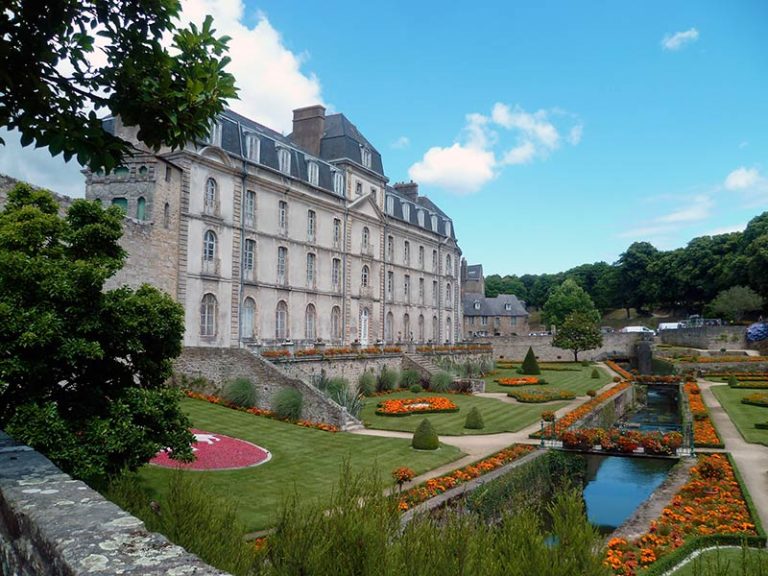Abandoned since the 1970s, the Royal Pavilion of La Muette regained its luster after five years of restoration, necessary given the dilapidation of the building. The site has now been privatized for events since May and will also open its doors to the public from September, one day per week and by reservation.
Classified as a historic monument in 1921, the building was bought after the Second World War by the National Forestry Office (ONF) which, in the absence of sufficient resources, sold it to individuals for €800,000 in 2014. new owners, the diplomat Frédéric Journès and the Bulgarian painter Hristo Mavrev, then began the first interventions by clearing the paths and attics and tackling the repair of the roof. In 2019, they resold the pavilion for 1.6 million euros to real estate developers who are undertaking new restoration work.
Faced with the risk of the pavilion collapsing, the first step was to eradicate the rot that had infested the entire building and then to consolidate the framework. “ When we bought the house, we didn't know there was so much rot and humidity. » confided one of the promoters to Figaro. “ Behind the old woodwork, this fungus has spread for years. It was therefore necessary to dismantle them all, including those in the octagonal living room, then treat down to the masonry “. The floors were then reinforced, the roof redone and the facade renovated. Deteriorated by humidity, the cellars which housed the old kitchens and the rotisserie have been restored. The gardens were also redeveloped with the planting of two hundred trees and the creation of a meadow and a vegetable garden.
The cost of the project amounted to 6 million euros in total, almost three times more than what the owners had initially planned. Part of it was subsidized by Drac.
Located in the heart of the national forest of Saint-Germain-en-Laye, the Royal Pavilion of La Muette was erected under Louis XV by the architect Ange-Jacques Gabriel between 1767 and 1774. Nicknamed the “Petit Trianon de Saint- Germain-en-Laye” for its similarity with the Versailles building, the pavilion was the favored hunting place of Louis XV, Louis XVI then Napoleon I and Napoleon III, who organized diplomatic hunts there.







